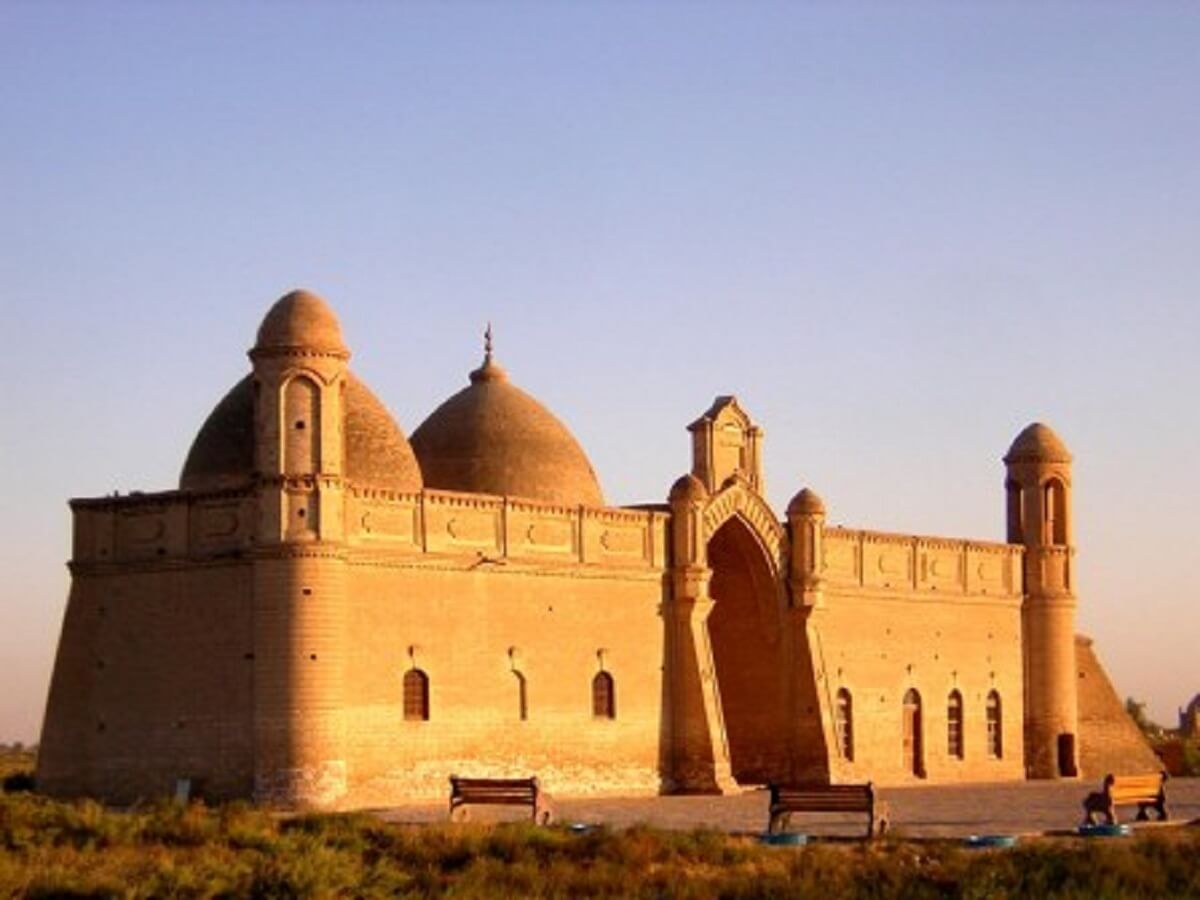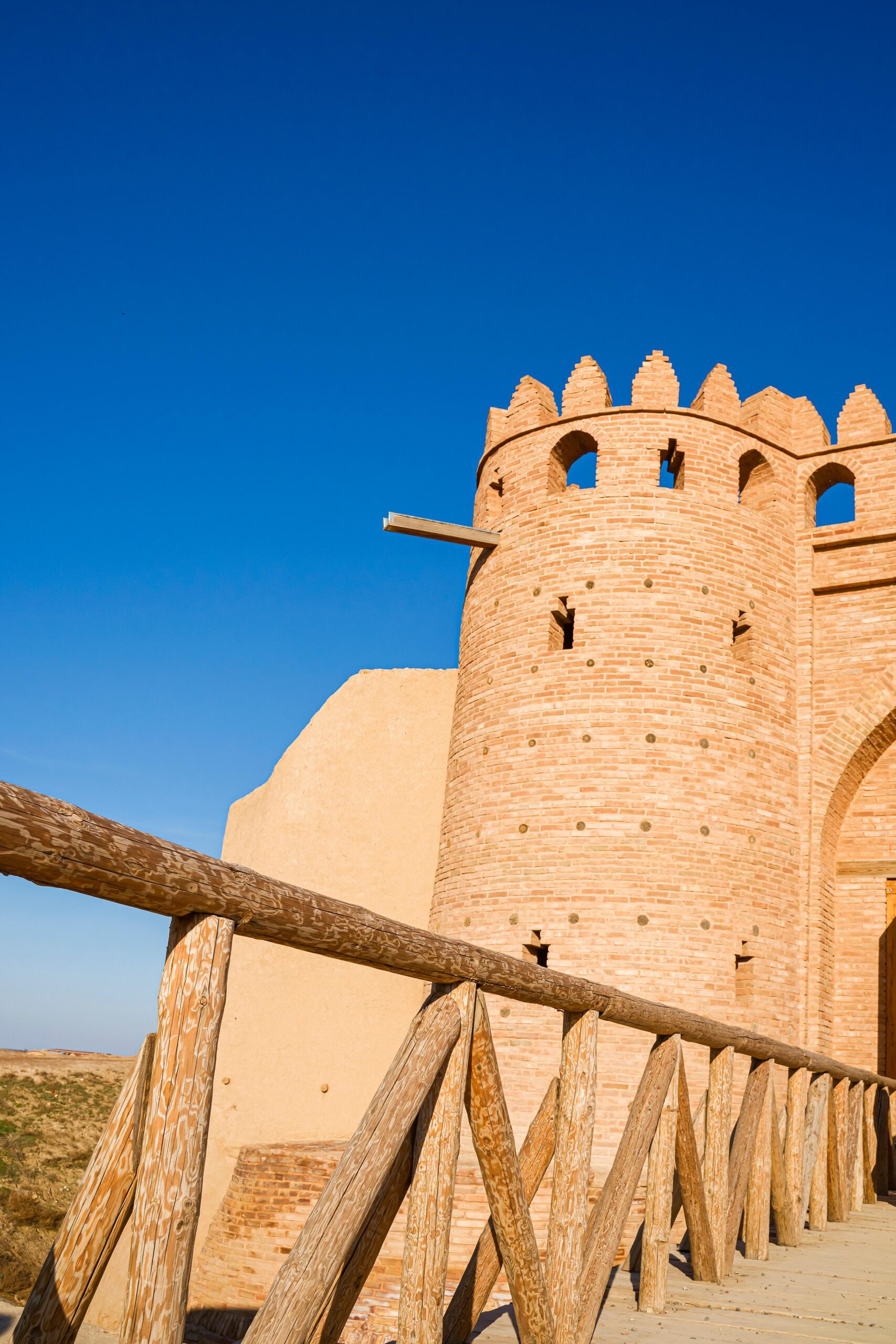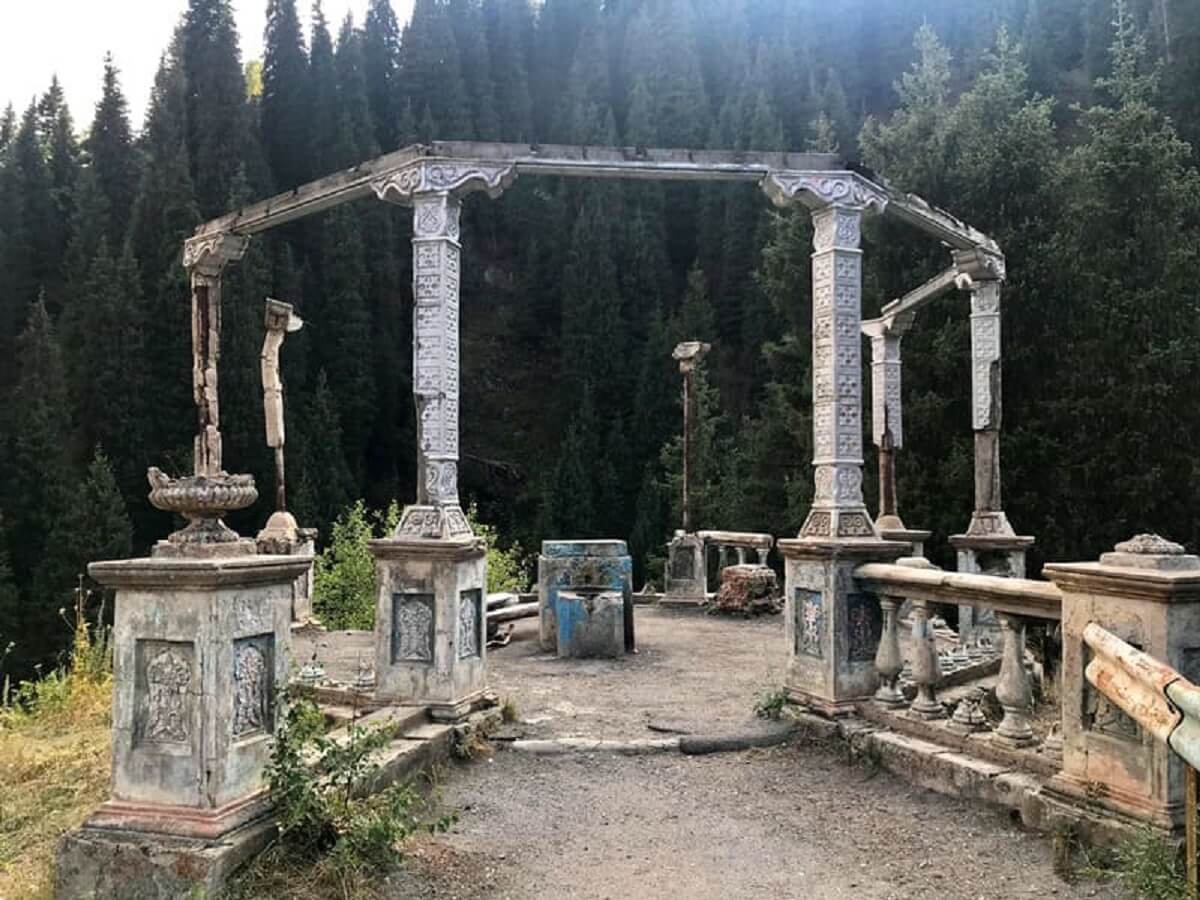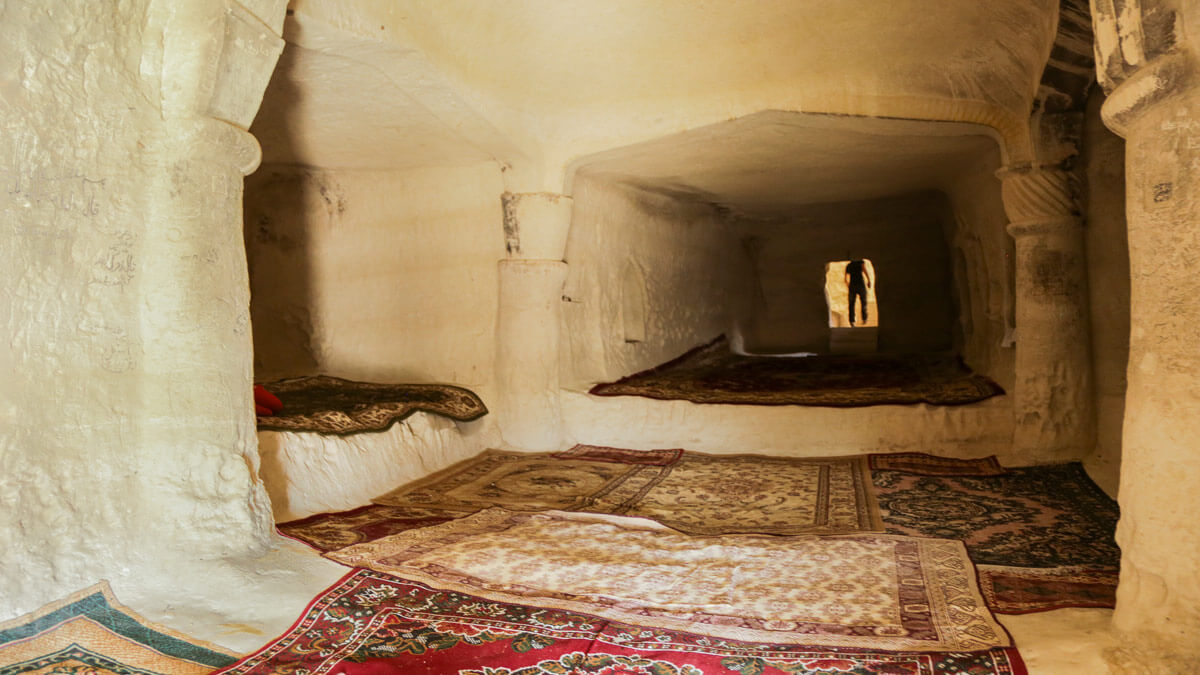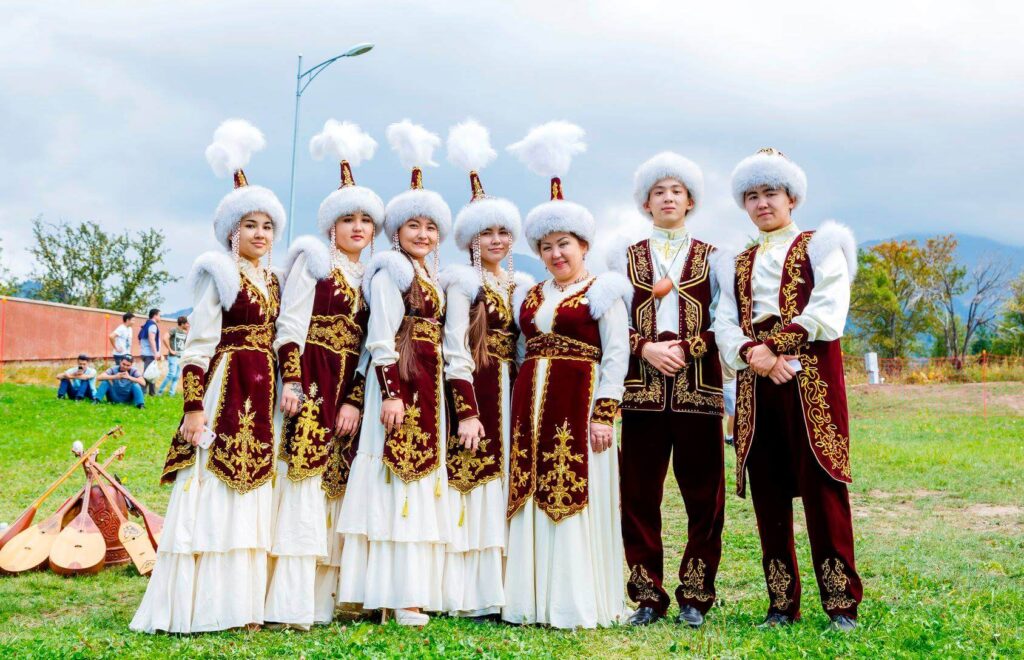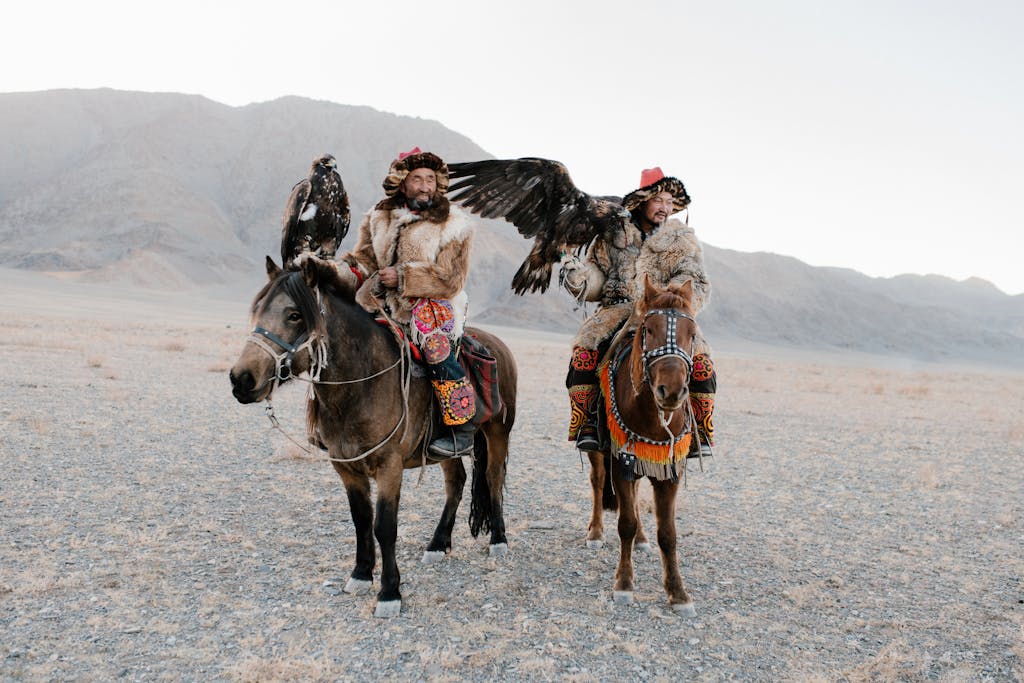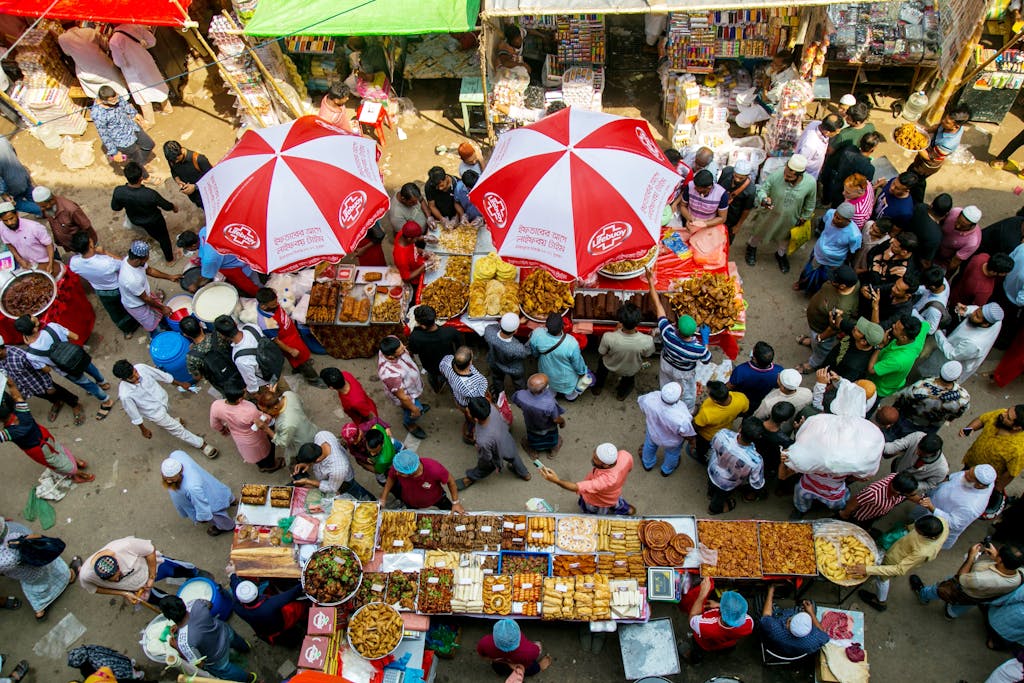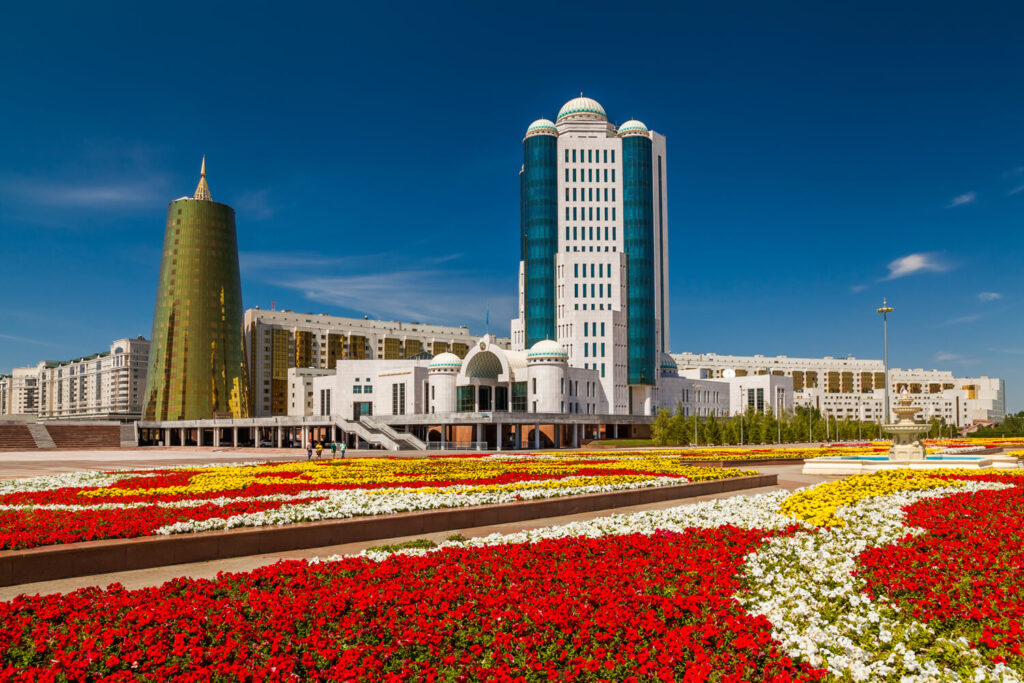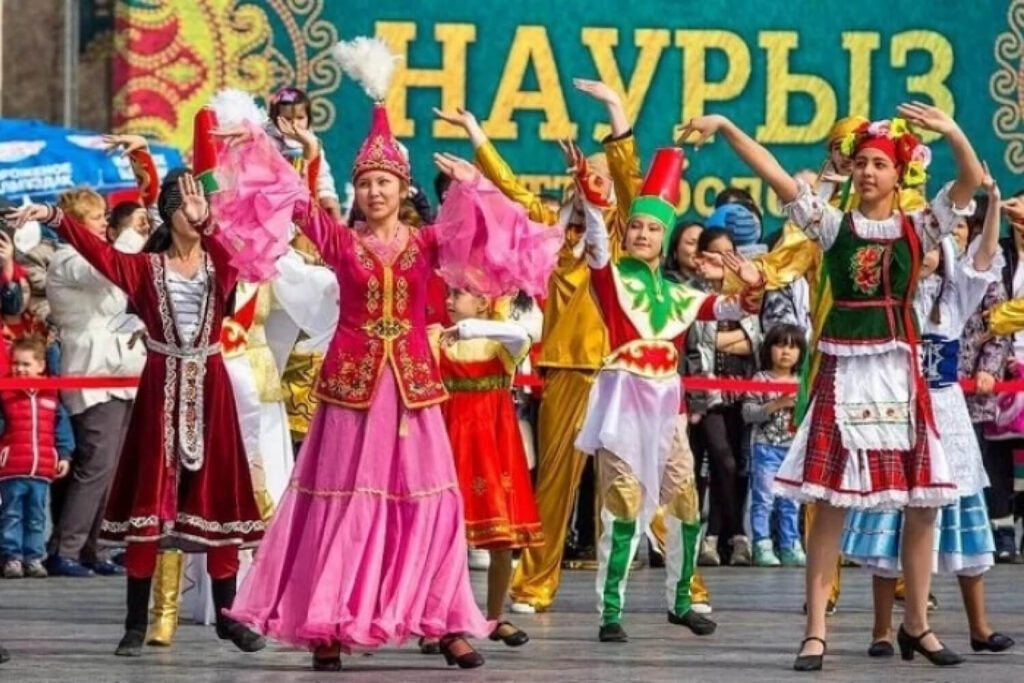Religious sites in Kazakhstan: Kazakhstan is home to a variety of religious sites that reflect its diverse cultural heritage and spiritual history.
Hazret Sultan Mosque (Astana)
- Overview: This mosque is one of the largest in Central Asia and serves as a central place of worship for the capital, Nur-Sultan (formerly Astana).
- Architecture: Completed in 2012, it features a striking white exterior and a grand dome that rises 51 meters, along with four minarets that reach 77 meters. The interior is lavishly decorated with intricate tile work and chandeliers.
- Significance: The mosque can accommodate around 10,000 worshippers and hosts various Islamic events and prayers. It stands as a symbol of Kazakhstan’s commitment to Islam and serves as a key center for interfaith dialogue.
The Mausoleum of Khoja Ahmed Yasawi (Turkestan)
- Overview: A UNESCO World Heritage site, this mausoleum is dedicated to the revered Sufi poet and philosopher Khoja Ahmed Yasawi, who played a crucial role in spreading Islam in Central Asia.
- Architecture: Built in the 14th century, the mausoleum is an architectural masterpiece featuring a large dome, intricate tile mosaics, and beautifully crafted stonework. It’s one of the best-preserved monuments from the Timurid era.
- Significance: The site attracts thousands of pilgrims annually and serves as a major spiritual center, representing the fusion of Kazakh and Islamic heritage.
Add an overline text
Discover Kazakhstan
The Cathedral of the Ascension (Almaty)
- Overview: Also known as Zenkov Cathedral, this Russian Orthodox church is located in Panfilov Park, Almaty, and is notable for its unique wooden construction.
- Architecture: Built between 1904 and 1907, it is one of the tallest wooden buildings in the world, featuring vibrant colors and intricate iconography. The use of no nails in its construction adds to its historical significance.
- Significance: The cathedral is an important cultural landmark and serves as a place of worship for the local Orthodox community, showcasing the religious diversity of Kazakhstan.
The Mausoleum of Aisha Bibi (Taraz)
- Overview: This mausoleum is dedicated to Aisha Bibi, a legendary figure in Kazakh folklore and believed to be a symbol of love and devotion.
- Architecture: Constructed in the 11th century, it features exquisite terracotta decorations and a distinctive dome, exemplifying the architectural style of the medieval period.
- Significance: The site is not only an architectural gem but also a pilgrimage destination for those who honor the story of Aisha Bibi and her love for the nobleman Karakhan.
The Baiterek Tower (Astana)
- Overview: While primarily a secular monument, Baiterek has spiritual significance, symbolizing the connection between the past and the future, with a particular emphasis on unity and national identity.
- Architecture: Designed by Norman Foster, it stands 97 meters tall and features a golden sphere at the top, representing the tree of life.
- Significance: Visitors often participate in a ritual of placing their hands in a handprint of President Nursultan Nazarbayev, symbolizing aspirations for the future.
Add an overline text
Discover Kazakhstan
The Central Mosque (Almaty)
- Overview: Known as the Central Mosque of Almaty, it is the largest mosque in the city and an important spiritual center for the local Muslim community.
- Architecture: The mosque features a beautiful blue dome and four minarets, adorned with intricate designs and patterns.
- Significance: The mosque serves as a hub for Islamic education and community events, emphasizing the significance of Islam in the social fabric of Almaty.
The Mosque of the Prophet Muhammad (Shymkent)
- Overview: A notable mosque in Shymkent, it reflects the architectural style of modern Islamic buildings in Kazakhstan.
- Architecture: The mosque features beautiful domes and minarets, with spacious prayer halls designed to accommodate large gatherings.
- Significance: It plays a key role in the religious life of Shymkent, hosting prayers and community events.
Kyzylorda Region: The Underground Mosque of Beket-Ata
- Overview: This unique mosque is carved into the rock and is located in the Mangystau region, dedicated to the Sufi saint Beket-Ata.
- Architecture: The mosque features a labyrinth of underground chambers, reflecting the traditional Islamic architecture adapted to the local environment.
- Significance: It is a pilgrimage site for many Kazakhs who come to seek blessings and spiritual guidance from Beket-Ata.
Conclusion
Kazakhstan’s religious sites offer a fascinating glimpse into the country’s cultural and spiritual landscape. From grand mosques and mausoleums to churches and unique pilgrimage sites, these locations reflect the rich tapestry of beliefs and traditions that coexist in this diverse nation. Exploring these sites not only deepens one’s understanding of Kazakhstan’s history but also highlights the enduring importance of faith in its society.

